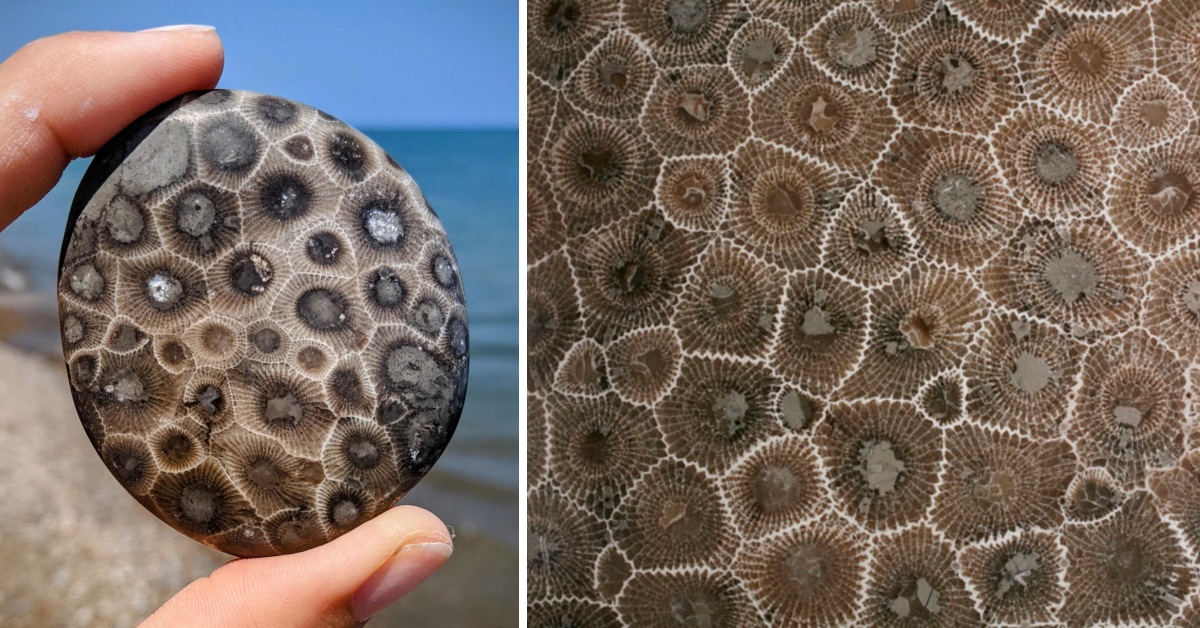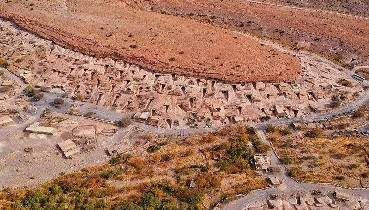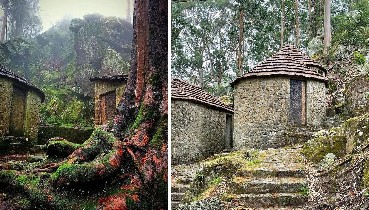
Petoskey Stones Are Amazing Coral Fossils and Here’s How to Find One
If you are a rock collector or a fossil enthusiast, you might have heard of the Petoskey stone, a unique and beautiful fossilized coral that can be found in Michigan. But what exactly is a Petoskey stone, how did it form, and where can you find one?
A Petoskey stone is a rock and a fossil, often pebble-shaped, that is composed of a fossilized rugose coral, Hexagonaria percarinata. Rugose corals are an extinct group of corals that lived in warm, shallow seas during the Paleozoic era, about 350 million years ago. They had a calcareous skeleton with six-sided cells called corallites, each containing a polyp with a mouth and tentacles. The polyps fed on plankton and formed large colonies that built reefs.
The Petoskey stone was formed as a result of glaciation, in which sheets of ice plucked stones from the bedrock, grinding off their rough edges and depositing them in different parts of Michigan. The glacial action also polished the surface of the stone, revealing the coral structure.The Petoskey stone is named after the town of Petoskey, Michigan, which in turn is named after an Ottawa chief, Petosegay, meaning “rising sun” or “sunbeams of promise”. The name reflects the appearance of the stone, which has a distinctive pattern of hexagonal eyes surrounded by rays. The eyes are the fossilized mouths of the coral polyps, while the rays are the walls of the corallites.
Advertisements
08 November 2023
Advertisements



